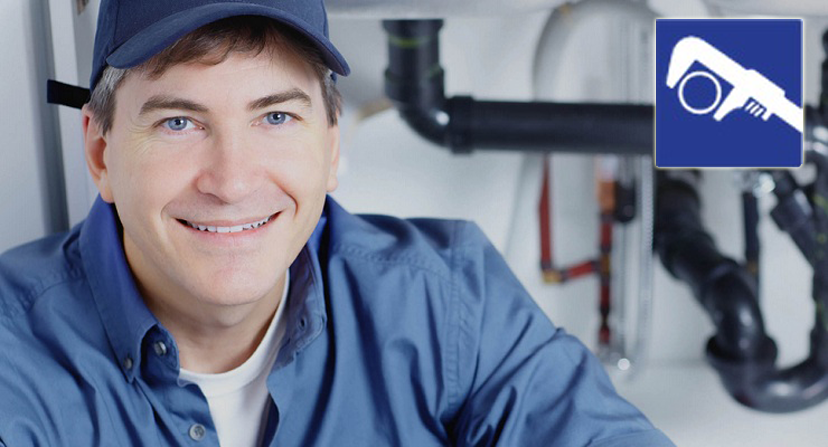
It’s summer—time for a vacation. So you return home from a few days of relaxing, getting together with family, meeting old friends and you open the front door to your worst nightmare: flood! There’s water everywhere. The couch is floating in its own small river, the television will never respond to the remote again, but at least your fish are having a whale of a time.
Having a flooded home is not on our top ten fears of things happening (especially in this drought). We’ve heard about it happening to other people, mainly on sitcoms, but what are the chances of it happening to you?
Do you really want to risk it?
Prevention is better than waiting to fix something that’s already failed. Don’t wait for it to happen to you, where you are forced to deal with costly replacements. Phyllis Keithley advises homeowners to have regular inspections and upkeep. Home inspections include checking under the sinks, water heater connectors and the age of the unit, laundry lines, shut off valves and crawling under the house to inspect for leaking and possible cracked or broken pipes. If this is completed within the hour there is no extra cost to you.
Here are some tips you can complete to prevent flooding:
•Check around and under appliances, such as the dishwasher and refrigerator, for signs of leaking water.
•Replace washing machine hoses every three to five years to prevent them from leaking.
•Check water heaters for rust, which may signal a problem. Make sure your water heater has a pan and drain under it. Most water heaters last eight to 12 years, if they are properly taken care of and drained every two years or so to remove build up.
So if yours is that age, you should get it checked to make sure it is functioning properly.
•Check sink, ice machine, and dishwasher water lines for leaks and other damage or deterioration.
•Consider buying an automatic water valve shut-off device or sensor to use in case of emergency.
If in a worst-case scenario where you are facing a major leak (or flood), stop the deluge by cutting off the water at its source. Take a moment to locate all of the shutoff valves in your home so you’ll be prepared for an emergency. Here are some key systems you should learn how to shut down:
Whole-house hot-water shutoff: On your water heater there should be a valve on the hot-water outlet, which controls all of the hot water to the house. If there isn’t one on yours, you or your plumber should install one.
Toilet shutoff: Look for this inline shutoff — typically a ribbed oval handle — under the toilet tank.
Sink shutoffs: These inline shutoffs usually sit just beneath the sink or within the cabinet or vanity. The one on the left is usually for the hot water, the one on the right for cold water.
Dishwasher shutoff: Look first under the kitchen sink. Often there’s a reducer coupling and shutoff valve leading to the dishwasher on the 1/2-inch hot-water sink-supply line. Not there? If you have a basement, look between the ceiling joists just below the appliance.
Clothes washer: There should be valves where the house-supply lines meet the washer hoses. Washer hoses are notoriously weak, so always close the valves when leaving home for an extended period.
Phyllis Keithley from Keithley Plumbing talks about her incident finding a cracked sewer line under her own home. “There was no odor, no water, no damage, no moisture. Had there been another stoppage, it could have been very costly.”
But don’t wait for worst-case scenario; your wallet or your bank won’t thank you for it. Have a regular inspection that will save you the long-term cost.
Keithley Plumbing is located at 3579 E. Foothill Blvd., Ste 227, Pasadena. For information, please call (626) 449-0387 or visit www.keithleyplumbing.com.











